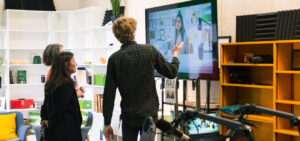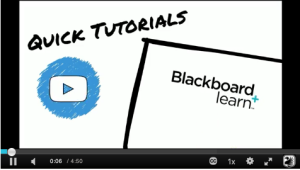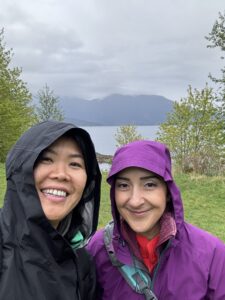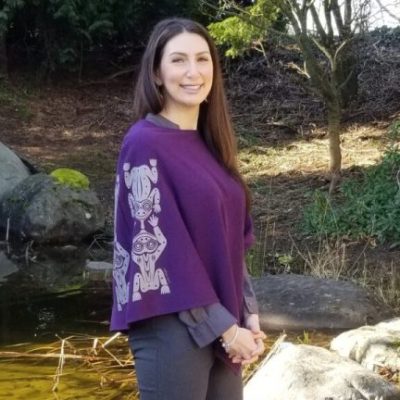What does it mean to Indigenize assessment?
- Mégcen Tskwínek Heather Saranczak
- 2 mins read
Assessment Indigenized
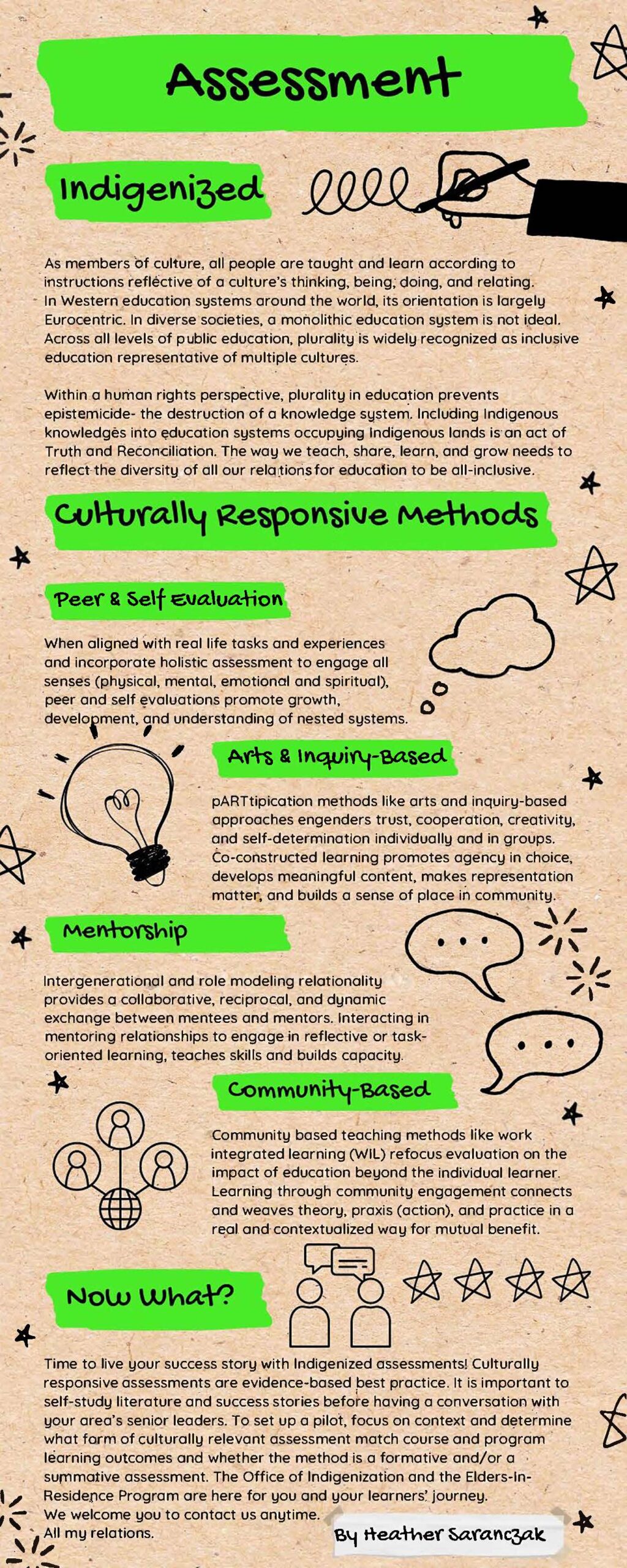
Text version
As members of culture, all people are taught and learn according to instructions reflective of a culture’s thinking, being, doing, and relating. In Western education systems around the world, its orientation is largely Eurocentric. In diverse societies, a monolithic education system is not ideal. Across all levels of public education, plurality is widely recognized as inclusive education representative of multiple cultures.
Within a human rights perspective, plurality in education prevents epistemicide- the destruction of a knowledge system. Including Indigenous knowledges into education systems occupying Indigenous lands is an act of Truth and Reconciliation. The way we teach, share, learn, and grow needs to reflect the diversity of all our relations for education to be all-inclusive.
Culturally Responsive Methods
Peer & Self Evaluation
When aligned with real life tasks and experiences and incorporate holistic assessment to engage all senses (physical, mental, emotional and spiritual), peer and self evaluations promote growth, development, and understanding of nested systems.
Arts & Inquiry-Based
pARTipication methods like arts and inquiry-based approaches engenders trust, cooperation, creativity, and self-determination individually and in groups. Co-constructed learning promotes agency in choice, develops meaningful content, makes representation matter, and builds a sense of place in community.
Mentorship
Intergenerational and role modeling relationality provides a collaborative, reciprocal, and dynamic exchange between mentees and mentors. Interacting in mentoring relationships to engage in reflective or task- oriented learning, teaches skills and builds capacity.
Community-Based
Community based teaching methods like work integrated learning (WIL) refocus evaluation on the impact of education beyond the individual learner. Learning through community engagement connects and weaves theory, praxis (action), and practice in a real and contextualized way for mutual benefit.
Now What?
Time to live your success story with Indigenized assessments! Culturally responsive assessments are evidence-based best practice. It is important to self-study literature and success stories before having a conversation with your area’s senior leaders. To set up a pilot, focus on context and determine what form of culturally relevant assessment match course and program learning outcomes and whether the method is a formative and/or a summative assessment. The Office of Indigenization and the Elders-In- Residence Program are here for you and your learners’ journey. We welcome you to contact us anytime.
All my relations.
By Heather Saranczak
Reference
eCampusOntario. (n.d.). Culturally responsive assessments. Designing and Developing High Quality Student-Centred Online/Hybrid Learning. University of Regina.
Hall, B. L., & Tandon, R. (2017). Decolonization of knowledge, epistemicide, participatory research and higher education.
LaFever, M. (2016). Switching from Bloom to the Medicine Wheel: Creating learning outcomes that support Indigenous ways of knowing in post-secondary education. Intercultural Education, 27(5), 409-424.
Preston, J., & Claypool, T. (2021). Analyzing assessment practices for Indigenous students. Frontiers, 6,
Recent articles
About the Authors
- Mégcen Tskwínek Heather Saranczak (she/her), Stswecem'c Xget'tem FN, M.A.





